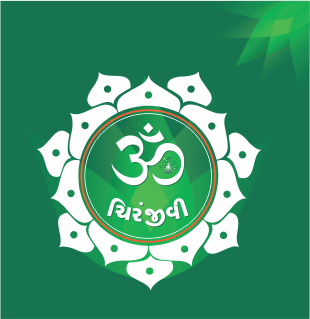Online Consultation
Refer a Friend
Location & Direction
Keep in Touch with Us
Friday to Sunday :By Appointment Only
Hemiplegia (Paralysis)

The word 'plegia' means weakness so severe that it is nearly complete. 'Hemi' implies one side of the body. Hence, 'hemiplegia' means complete paralysis of one half of the body, including one arm and leg. Any disease or injury in the motor centers of the brain can cause hemiplegia. Hemiplegia is a more severe form of 'hemiparesis' wherein one half of the body is only weakened. It is also very different from the conditions of paraplegia & quadriplegia, which are commonly confused with hemiplegia. Paraplegia is paralysis in both legs, below the waist. Quadriplegia is paralysis below the neck and is also usually the result of a spinal cord injury. Many conditions give rise to hemiplegia. Generally, an injury to the right side of the brain will cause a left-sided hemiplegia while an injury to the left side of the brain will cause a right-sided hemiplegia. Stroke is the commonest cause of hemiplegia. Insufficient blood supply to the brain leads to loss of brain function having the features like difficulty in walking, problems in balance, losses balance when trying to walk, difficulty in swallowing ,trouble with vision, blurred vision or weakness of the eyes, speech becomes difficult etc.
Faced with a hemiplegic patient, the doctor performs a neurological exam to assess the extent of the invasion. It tests the presence of a Babinski sign by stimulating the outer edge of the sole from the heel to midfoot. Imaging studies, CT or magnetic resonance imaging (MRI) can detect the causes (aneurysm, tumour ,embolism etc.,) cause brain damage. An electro encephalogram may give information about brain injury and their importance. A neuropsychological examination can identify possible cognitive impairment such as aphasia, common in cases of hemiplegia.
The treatments are based upon that of the cause to prevent worsening of the hemiplegia and its residue. Ayurvedic medicaments and therapies have immense result in curing such condition. External therapies include bahya rookshanam and snehanam ,abyangam, pizhichil, pizhizu tadaval, ela kizhi, naranga kizhi, njavara kizhi, shodana karmas such as virechana, nasya, nirooha, asthapana etc. These all depends upon the status of disease, nature, age of the patient, climate etc., ie, the treatment method varies from patient to patient.

